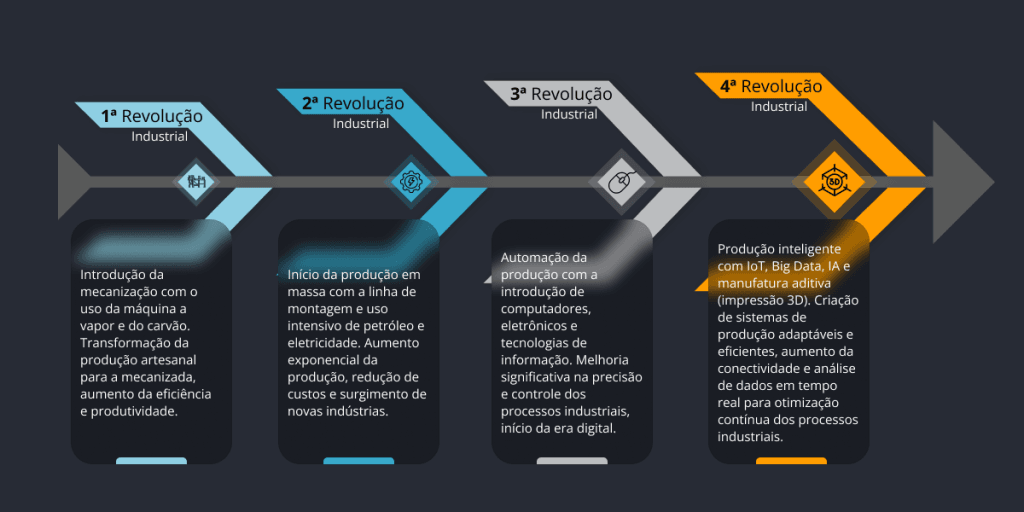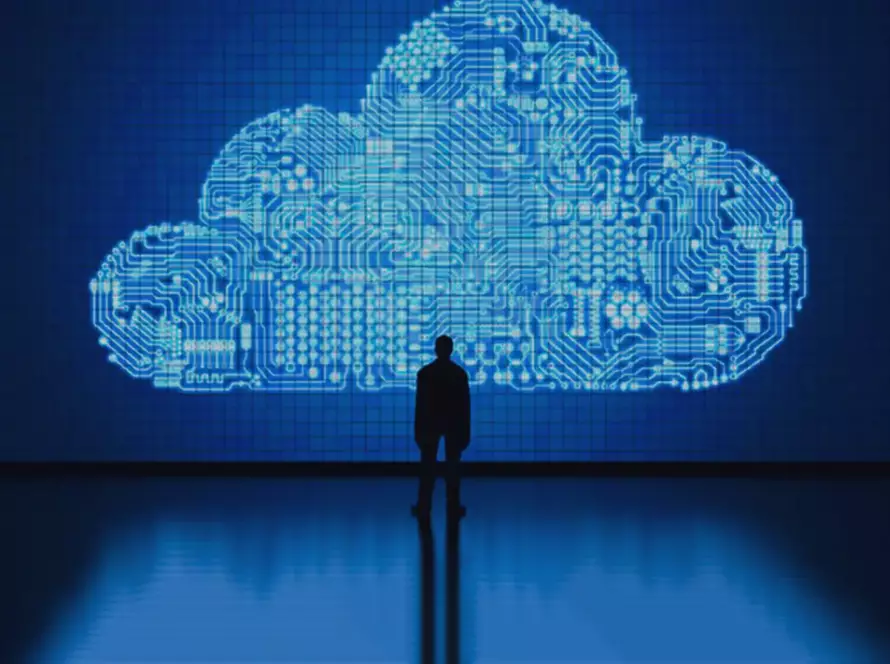We are in the fourth industrial revolution.
A period of transformation in industry that began in the mid-2010s and whose end still seems a long way off.
With augmented reality, machine automation, robots guided by artificial intelligence and much more.
It’s a time marked by innovations such as connectivity, big data, artificial intelligence and advanced manufacturing technologies, transforming processes at lightning speed.
Because of all this, it is said that industry today is already in its 4.0 version.
Achieving these advances, however, required thousands of years of evolution in work efficiency.
And working isn’t easy, everyone knows that.
Every type of work ends with some degree of fatigue and, in some cases, total exhaustion.
It’s hard not to admit that fatigue is at the root of all humanity’s inventions and discoveries to make work easier.
Under the law of least effort, achievements such as the wheel and the lever, for example, began a journey towards efficiency that will seemingly never end.
At the dawn of civilization, the strength of large animals and waterfalls made it possible to move loads and perform tasks previously considered impossible.
And until the steam engine was invented, starting the Industrial Revolution in the 1700s, the production of goods (durable or not) was practically handmade.
First, the field of energy
From then on, however, this and other forms of energy boosted production and industry began to pick up speed.
There are scholars who divide this stretch of history into the first and second revolutions: the first would be the dominance of energy, with the invention of the steam engine and electric and gasoline engines, while the second would be more sophisticated inventions such as the automobile, the airplane and the telegraph, giving rise to telecommunications.
But humanity had much bigger dreams involving the binomial of energy and movement.
And one of the earliest was the robot.
Dreamed of and designed millennia ago, according to historical records, the robot has been in industry for at least 50 years.
It started out in jobs that were unhealthy for humans, such as welding and painting cars, but today it is involved in many more tasks, automating industry to a degree that perhaps even geniuses like Leonardo da Vinci couldn’t have imagined.
This degree has been achieved not only because of the complexity of the machines, developed to do everything, but also because of a broad process of digitization of industry, integrating not only machines and devices from the same location: remote resources from suppliers, customers, tax authorities and other partners have been integrated via the Internet, an organization that even the most daring visionaries of the past would hardly have thought of.
An integration that today allows anyone to control the manufacture of a car, even from home, for example.
The Fourth Industrial Revolution
This ecosystem created for the fourth industrial revolution is based on the inventions and achievements of the third.
This developed from the 1950s to the early 2000s, integrating computers, networks and the Internet into industrialization processes.
Within this ecosystem, Industry 4.0 takes advantage of these inventions with four types of disruptive technologies.
Connectivity, the power of analysis and intelligence, human-machine interaction and advanced engineering.
The combination of these technologies has also made possible an innovative feature in industry, which is flexible automation.
The use of data input via computers to program and control a system, which thus becomes highly adaptable.
At the heart of this ecosystem is the IIoT or Industrial Internet of Things, where various sensors, radio frequency identification (RFID) tags, software and electronic equipment are integrated into industrial machines and systems to collect real-time data on their condition and performance, and also to control them.
By collecting and analyzing with big data technologies the data sets generated by all these devices, companies can now find new ways to optimize processes for higher yields, for example.
Along with robotics and systems, additive manufacturing (with 3D printing) is one of the technologies supporting Industry 4.0, using digital 3D models to create parts with a 3D printer layer by layer.
With the increasing digitalization and interconnectivity of industrial systems, cybersecurity has become a fundamental pillar in Industry 4.0.
Protection against cyber threats is essential to guarantee data integrity, the continuity of production processes and the safety of operations.
Implementing robust cybersecurity measures helps protect against malicious attacks, industrial espionage and other vulnerabilities that can compromise efficiency and innovation in modern industry.

Digital twins in action
In order not to lose pace in evolution and innovation, Industry 4.0 has been using digital twins.
These are systems that digitally reproduce the operation and behavior of physical systems, using data generated in real time by the physical systems being analyzed.
As a result, this has become important in critical aerospace, heavy machinery and automotive applications.
In addition, advances in computer technology, machine learning and sensors are now expanding the concept of digital twins to other sectors.
This fourth wave of new technologies has opened up opportunities for companies to make decisions that translate into greater flexibility, sustainability and productivity.
As well as promoting the safety of everyone who works, Industry 4.0 facilitates new ways for men and machines to work together.
Providing companies with greater insights, problem reduction and decisions supported by accurate information.

